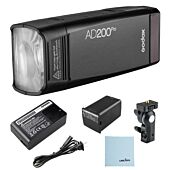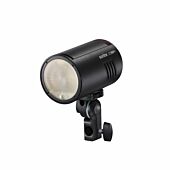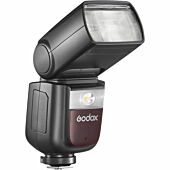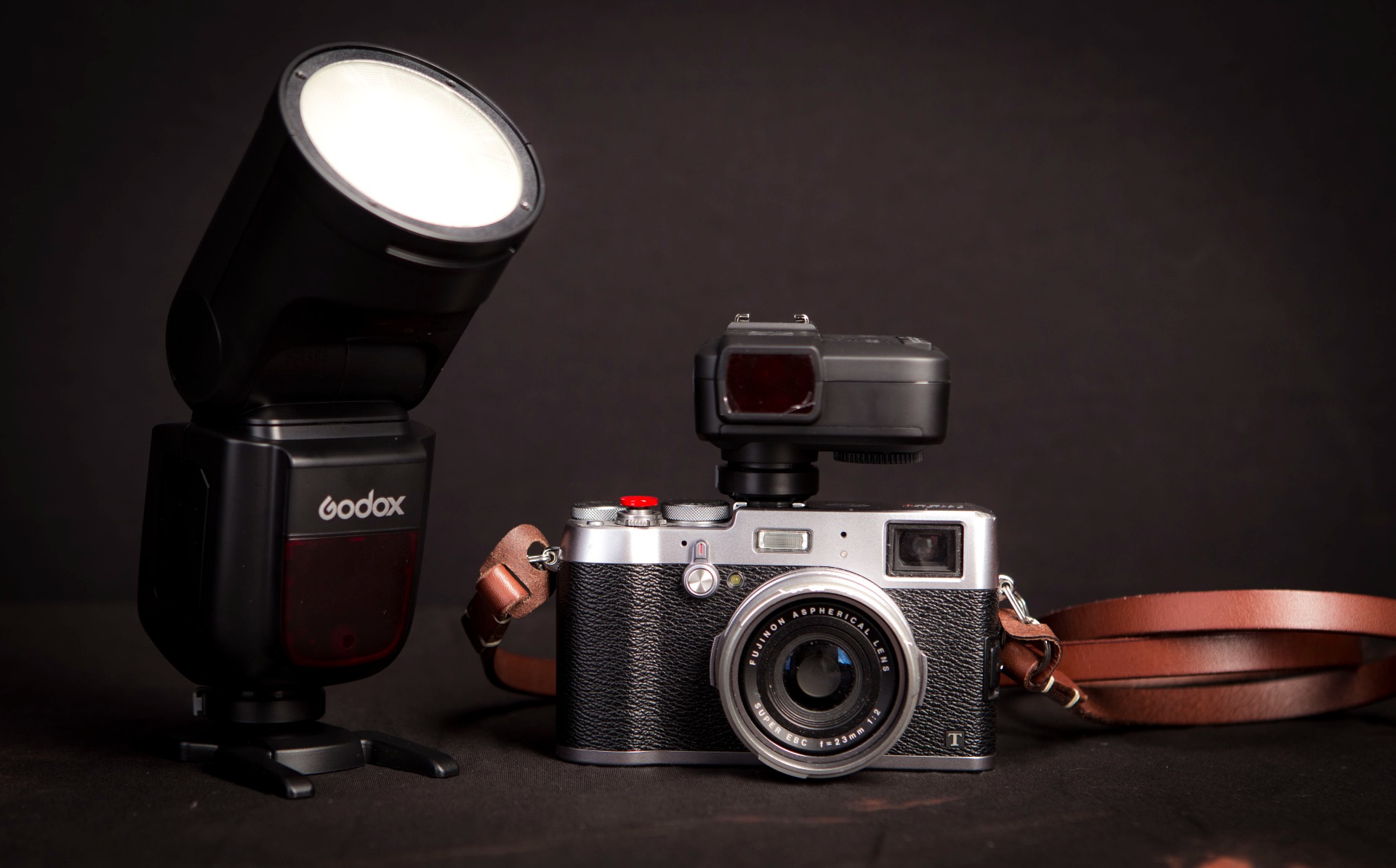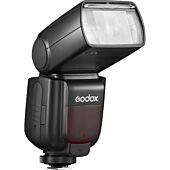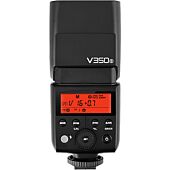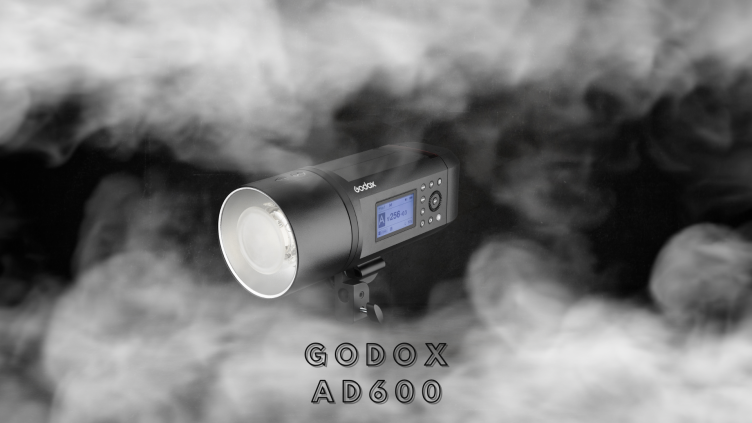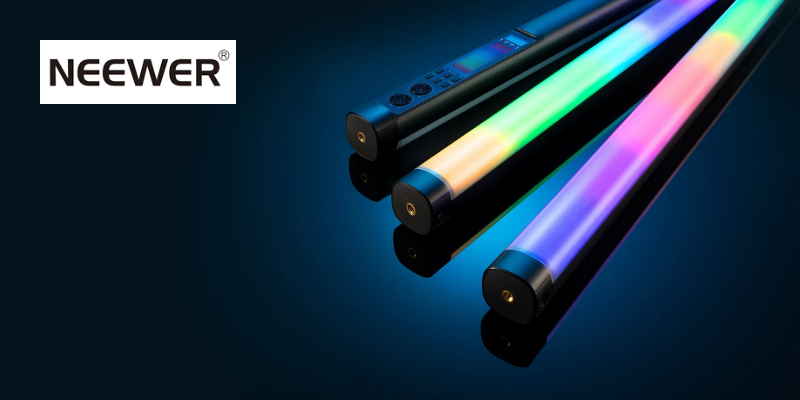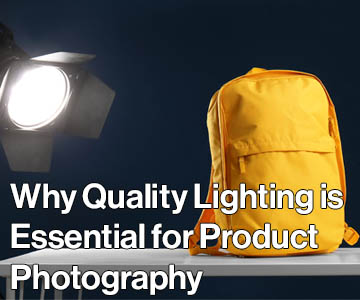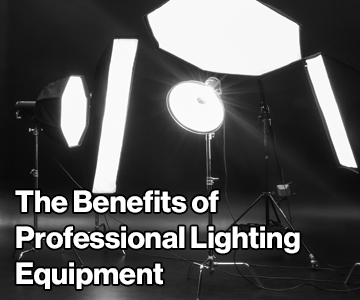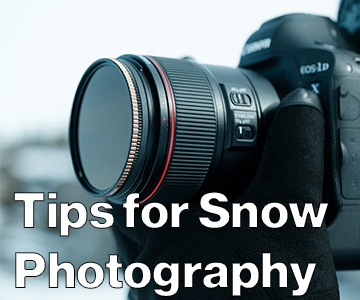The Ultimate Buyer’s Guide to Flash Photography Lighting
-
Cameron Wingate
- Blog
- 1 Mar 2022
- 3091views
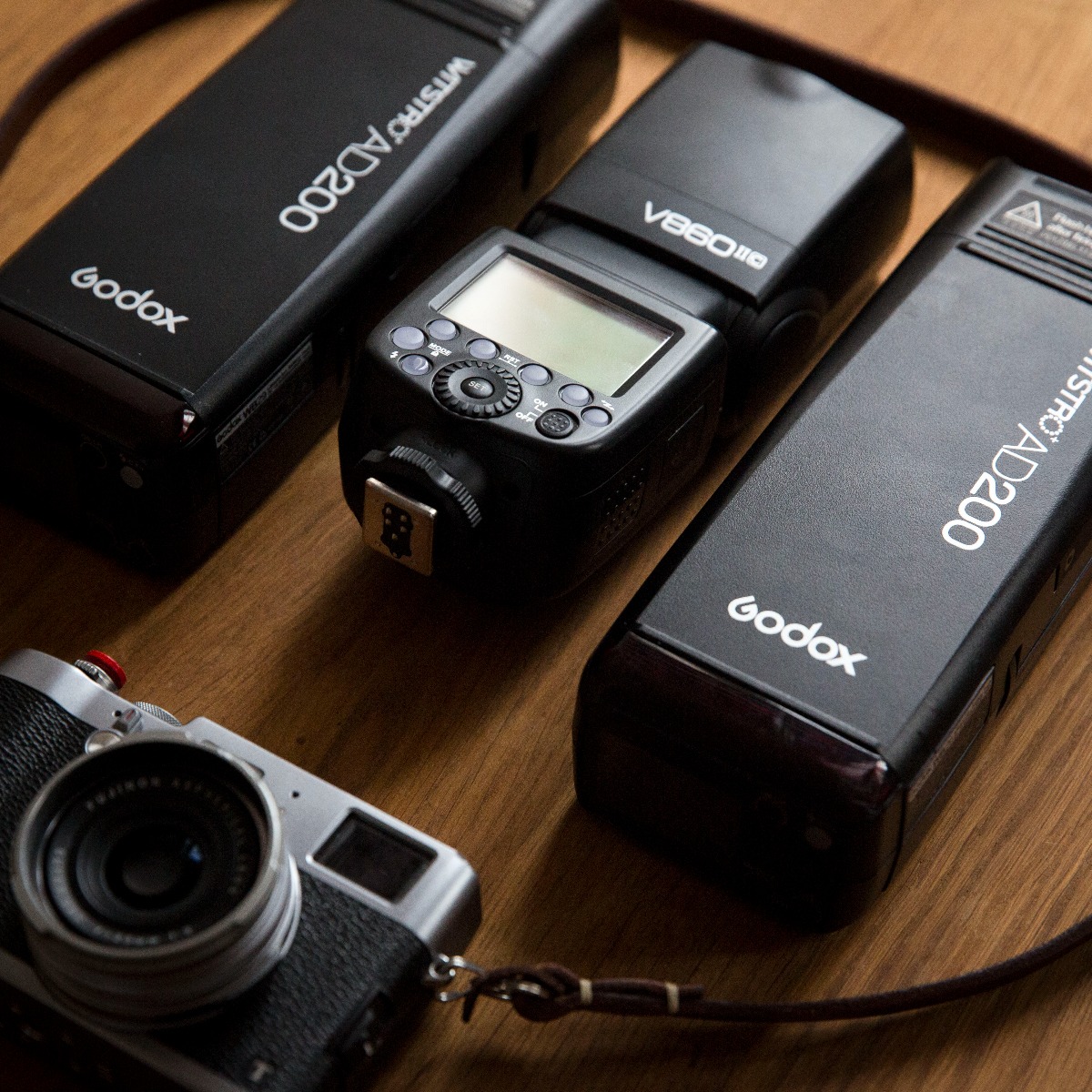
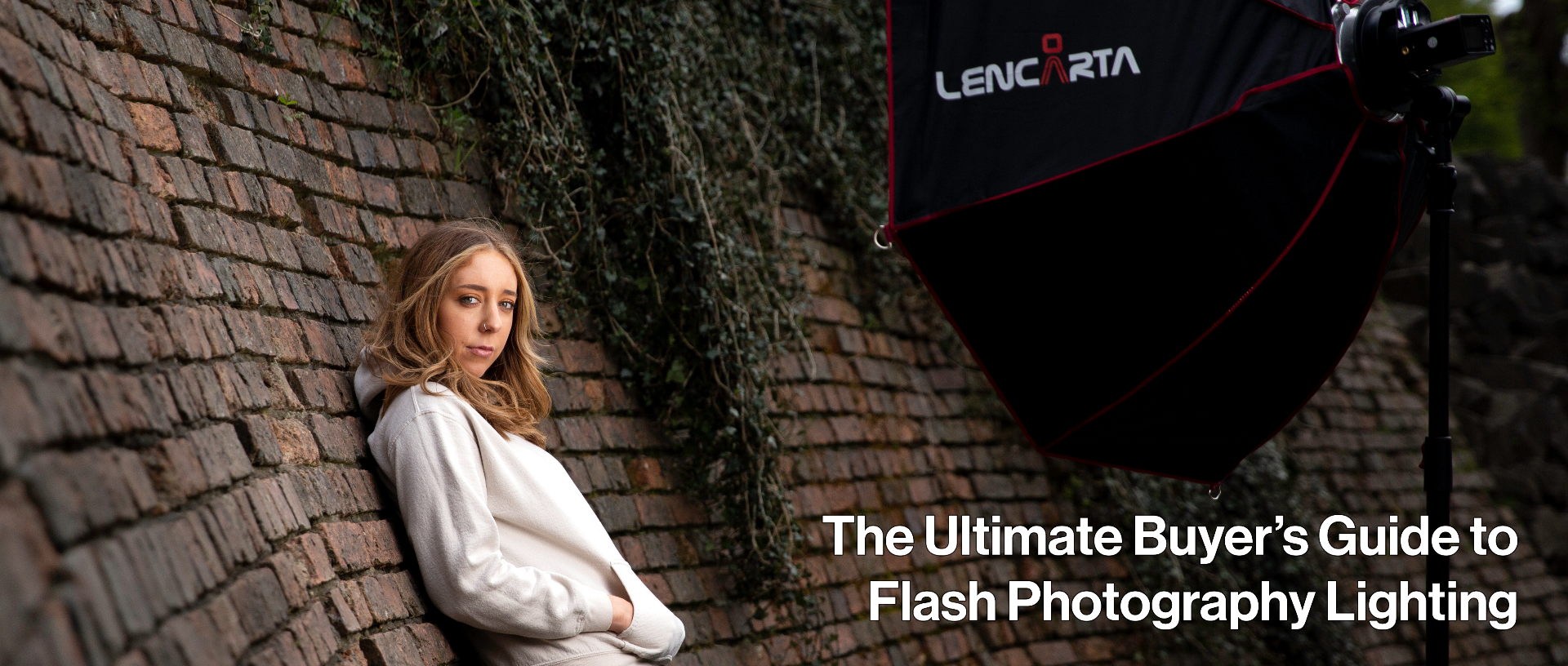
Any keen photographer - regardless of their experience - is always looking for ways to improve the quality of their shots. Most beginner cameras come with a built-in flash which is serviceable but is very limited in lighting options.
Adding quality external lighting equipment to a photographer’s arsenal is a very effective way to instantly improve shots, opening up new avenues of creativity when composing and lighting your shots. In this guide we’ll explain the benefits of flash lighting, what types you can get, and then let you know the most important things to look out for when considering and comparing flash lighting for your own photographing requirements.
Contents
- What is Flash Lighting?
- Why Use Flash Lighting?
- Types of Flash Lighting
- What to look for when Purchasing Flash Lighting
- Conclusion
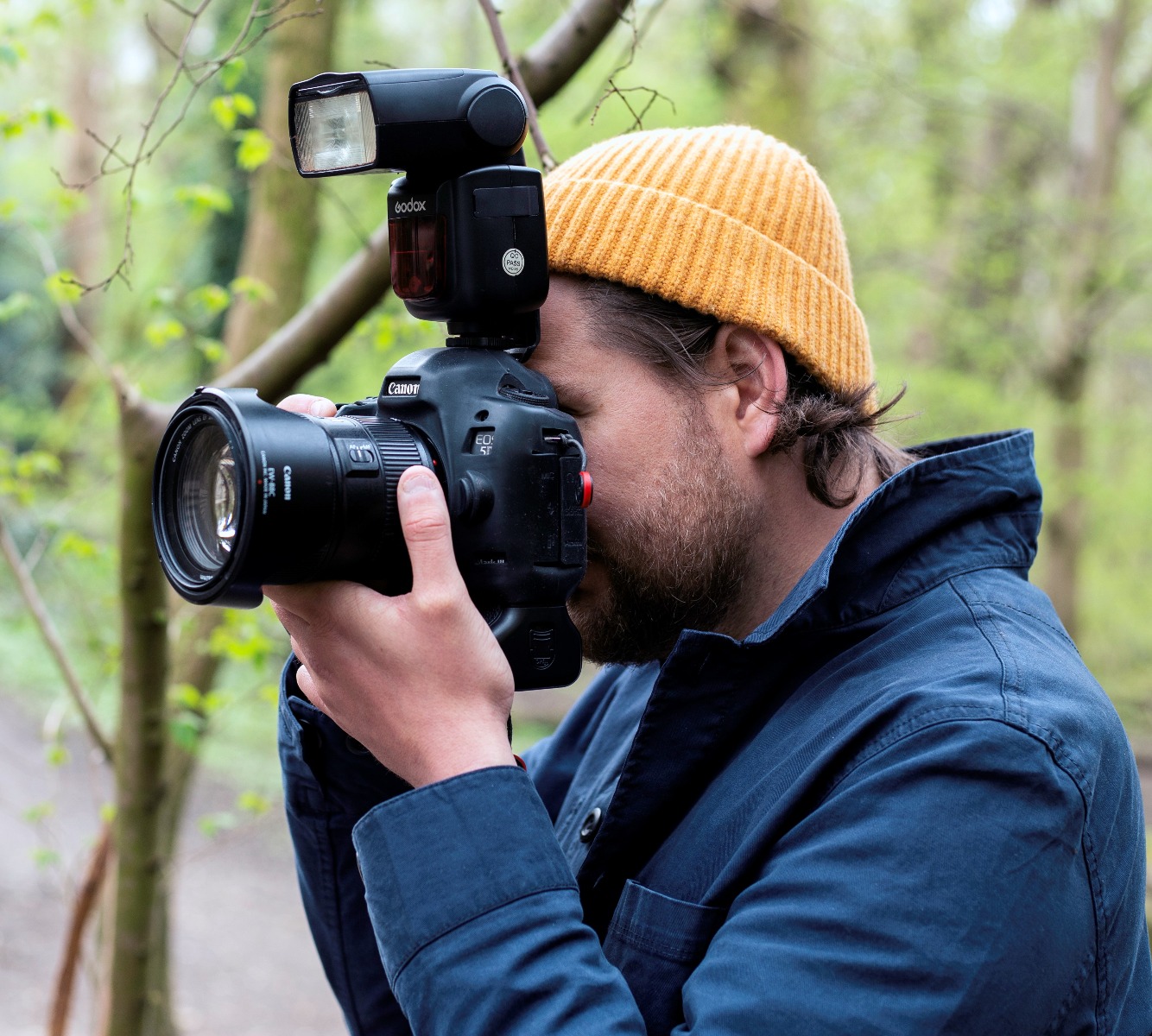
What is Flash Lighting?
In photography, flash lighting (or strobe lighting / monolight as it’s known in the USA) refers to either built-in flash units or devices that are external from the photographer’s camera that when used emit a strong artificial light for a designated period (usually fractions of a second) to light up a background or subject. The flash unit will be connected with the photographer’s camera either wirelessly through a trigger, or physically through a hot shoe or cable. The light on the lighting units ‘flash’ just as the shutter opens and then quickly closes on the camera, enabling the photographer to capture a well-lit photograph. Flash lights are often paired with lighting modifiers such as umbrellas or softboxes.
Why Use Flash Lighting?
The options available for photographers to improve the quality of their shots are vast. Arguably the key tool in a photographer’s kit is lighting as this can really make the difference between an amateur shot and a professional one. When you get to the more capable range of cameras, typically the in-built flash is removed and the assumption is that if you’re using a high-end camera then you will be pairing it with professional lighting equipment, rather than the fairly limited in-built flash. Also, professional cameras perform a lot better in lower light conditions so rely on flash less.
Adding professional lighting equipment into your repertoire opens up an enormous amount of creative options. In-built flashes can only add light originating from towards the camera. The addition of lights that can be placed in complementary locations around a subject allow photographers to achieve more visually impressive pictures and can emphasise certain features, edges or dark corners. Flash lighting also allows you to supplement natural light shoots, providing a more balanced controllable exposure.
Types of Flash Lighting
Okay, so you’ve decided to step up your photography lighting. There are a couple of options available, each with their own advantages and designed with a certain type of photography in mind.
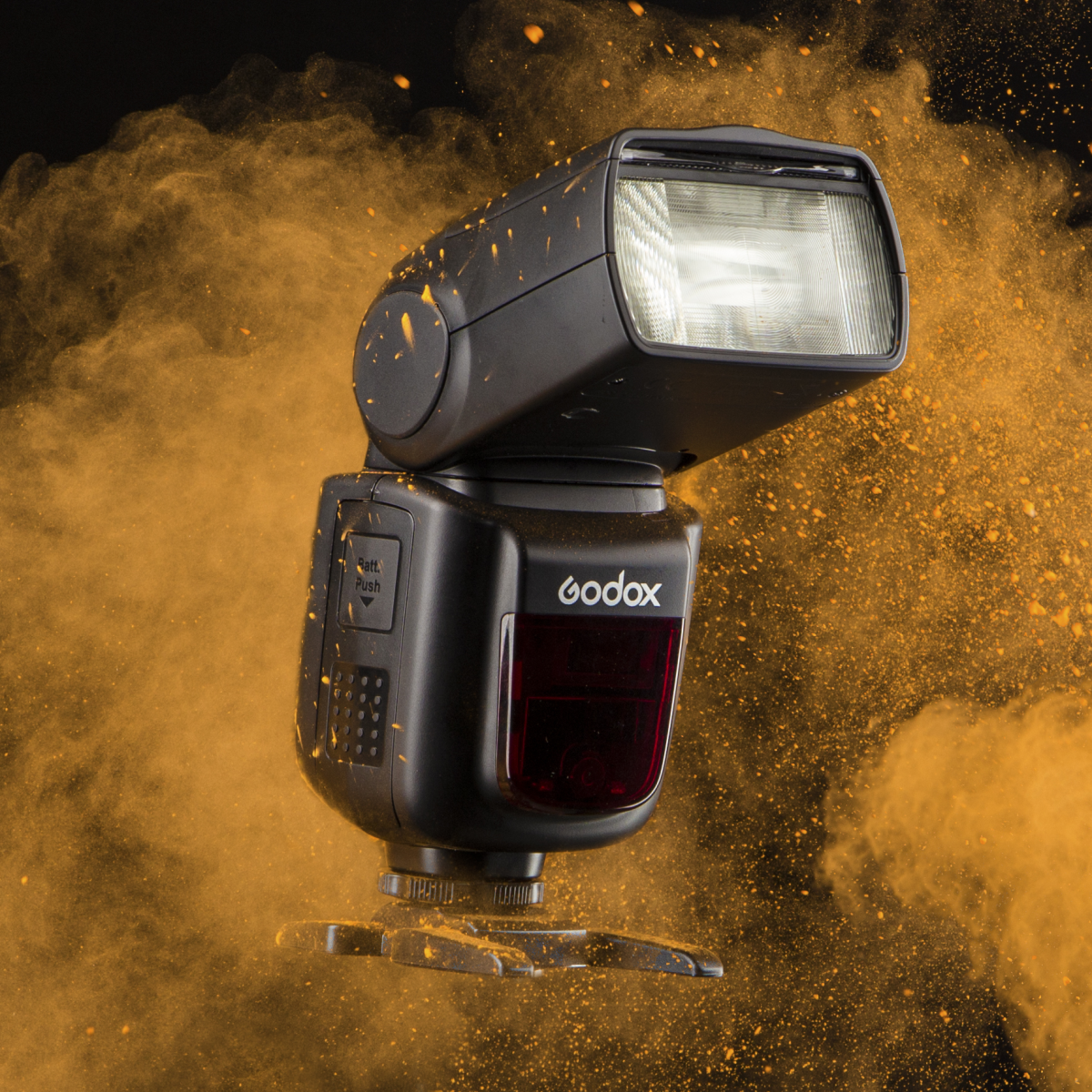
On-Camera Flash Lighting/Speedlights
A speedlight, also known as on-camera flash or flashgun, is an external device that sits on top of your camera, usually plugging into your camera's hotshoe. However, you can also use it off-camera, for example by placing it on a stand or even just placing it on a level surface and using a remote trigger to fire the speedlight rather than through your hotshoe.
The primary reason for using a speedlight is to create more light than what your camera’s built-in flash can provide. It can also be used to supplement natural light shoots with a more balanced exposure. Typically, if you needed more light than what your built-in flash provides then you would be looking at studio or strobe flash lights, but they can be unwieldly or impractical in certain situations - not to mention quite expensive - hence a speedlight which is portable and compact, practically pocket sized and reasonably priced would be the next best option.
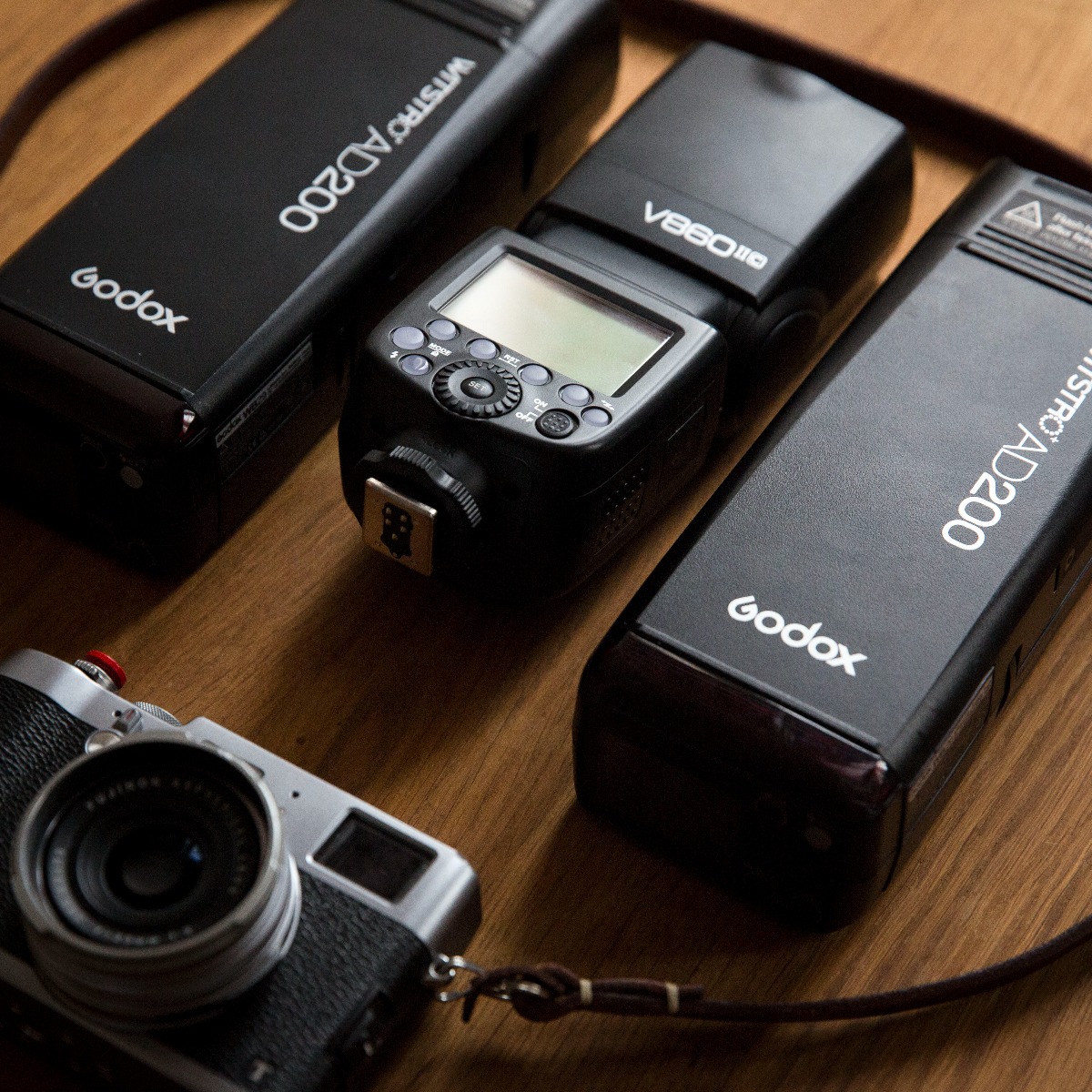 Lencarta Recommends: When it comes to speedlights you don’t want to be breaking the bank, but you also want to make sure you’re getting quality reliable products. We would highly recommend a Godox V1 with HSS and TTL (don’t worry, we’ll go through this soon), and a desired round shaped head offering a more natural light source shape. If your budget is tighter, the Godox V860iii is also HSS and TTL enabled, and is one of our most popular products. You won’t go wrong with either, just make sure you buy the compatible version for your camera from the drop-down menus.
Lencarta Recommends: When it comes to speedlights you don’t want to be breaking the bank, but you also want to make sure you’re getting quality reliable products. We would highly recommend a Godox V1 with HSS and TTL (don’t worry, we’ll go through this soon), and a desired round shaped head offering a more natural light source shape. If your budget is tighter, the Godox V860iii is also HSS and TTL enabled, and is one of our most popular products. You won’t go wrong with either, just make sure you buy the compatible version for your camera from the drop-down menus.
Off-Camera Flash Lighting/Flash Heads
Portable Flashes
Specifically designed for photographing on location, portable flash heads are battery powered devices allowing power with portability. Increasingly popular with professional and amateur photographers alike, portable flash heads are the go-to solution for quality, powerful lighting while away from the studio. The Li-ion (lithium) batteries provide plenty of charges for the flashes, and depending on the size / power of the flash head, some can even overpower the sun. Portable flash heads can be used in conjunction with lighting modifiers such as umbrellas or softboxes when desired, and are great at lighting up a dark location or supplementing natural light in day shoots.
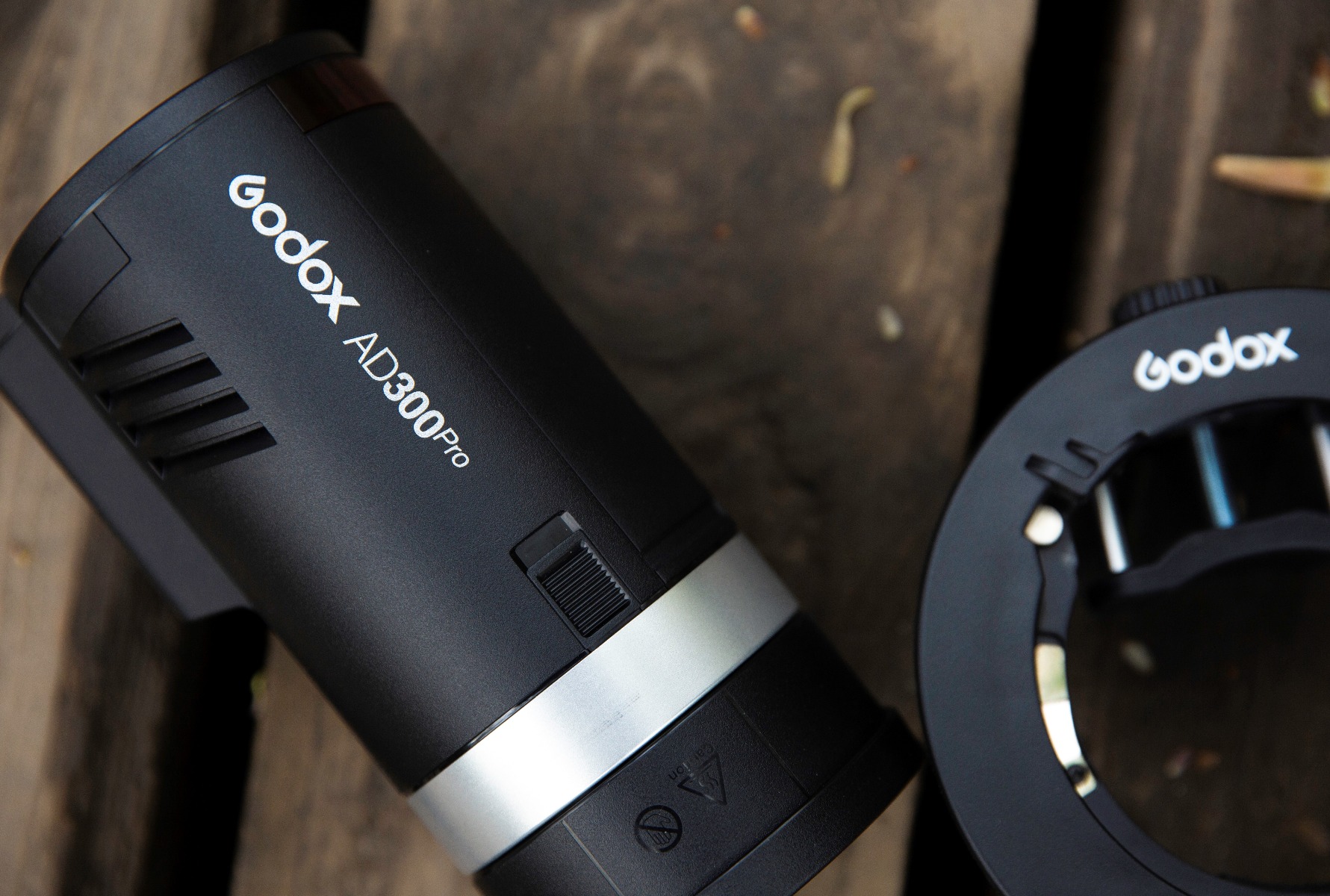 Lencarta Recommends: The Godox AD200Pro is a favourite amongst our customers, delivering a powerful flash whilst not taking up too much space in your travel bag or in your hands. There are options either side of the AD200Pro in terms of size and flash power, with the AD300Pro offering more W/s power, and the AD100Pro offering a smaller size comparable to that of a can of soda. If more power is necessary, Godox also have more powerful flash heads such as the AD400Pro, AD600Pro, and AD1200Pro
Lencarta Recommends: The Godox AD200Pro is a favourite amongst our customers, delivering a powerful flash whilst not taking up too much space in your travel bag or in your hands. There are options either side of the AD200Pro in terms of size and flash power, with the AD300Pro offering more W/s power, and the AD100Pro offering a smaller size comparable to that of a can of soda. If more power is necessary, Godox also have more powerful flash heads such as the AD400Pro, AD600Pro, and AD1200Pro
Studio Flashes
Studio flash heads are necessary to provide consistent, powerful lighting to indoor shoots. Keeping them as permanent installations saves photographers time setting up and fiddling with settings, not to mention alleviate the fear of running out of battery by having them mains powered. Like portable flash heads, studio flash lighting can also be paired with lighting modifiers such as umbrellas or softboxes to provide plenty of creativity and customisation to indoor shoots.
Studio lighting allows photographers to shoot at any time of day with perfect lighting consistency. They are typically larger than their portable cousins, but their size difference is compensated by their extraordinary lighting power, fed directly by the mains.
Lencarta Recommends: For beginners we recommend the Lencarta SmartFlash 4. Designed specifically to be reliable, consistent and high-quality, the SmartFlash 4 (IV) is a great price for functional studio lighting, offering 300Ws power. If you require more, we recommend the Godox DP600iii which provides twice as much power at 600Ws.
What to look for when Purchasing Flash Lighting
There are a number of things photographers look for when considering flash lighting. It can become quite the minefield when comparing different brands and lights, especially with technical jargon and industry terms. Below we’ve tried to simplify the main features photographers look for when purchasing lighting.
Power
Studio flash output is often measured in Watt Seconds (Ws). The higher the Ws number, the more powerful the flash. If you’re not sure what power flash you require, it’s better to go on the higher side as you can always set the flash to a percentage of its maximum intensity. Of course, if the maximum light intensity is 400Ws you cannot exceed that, but you can run a 400Ws light at 50% for 200Ws intensity. This ability to change flash strength varies across models so choose carefully. If you need utmost control then pick any model other than AD200 OR AD600 Pro as these two flashes adjust in 3rds whilst the other from the Godox range can be adjusted in 1/10 increments.
We offer studio flashes from 100Ws all the way up to 2400Ws. The AD200 Pro which is 200Ws will be ample for most home setups, portable shooting kits or small studios. At the other end, professional or mid to large sized studios might prefer the AD400 Pro or AD600 Pro at 400Ws and 600Ws respectively.
Through-The-Lens (TTL) Flash Metering
All modern flash lighting now comes with TTL (Through-The-Lens) as standard. This is where the camera and flash do a preliminary burst to measure the light intensity of the scene, and alter the camera settings to automatically set the correct power setting in the flash. If you are old-school, you may want the option to do this manually, but TTL is certainly a time saver as it’s effectively a built-in light meter. There is still the option of using the camera manually to add some flair/creativity to your shots but when choosing flash lighting, TTL compatibility is pretty much a must.
High-Speed Synchronisation (HSS)
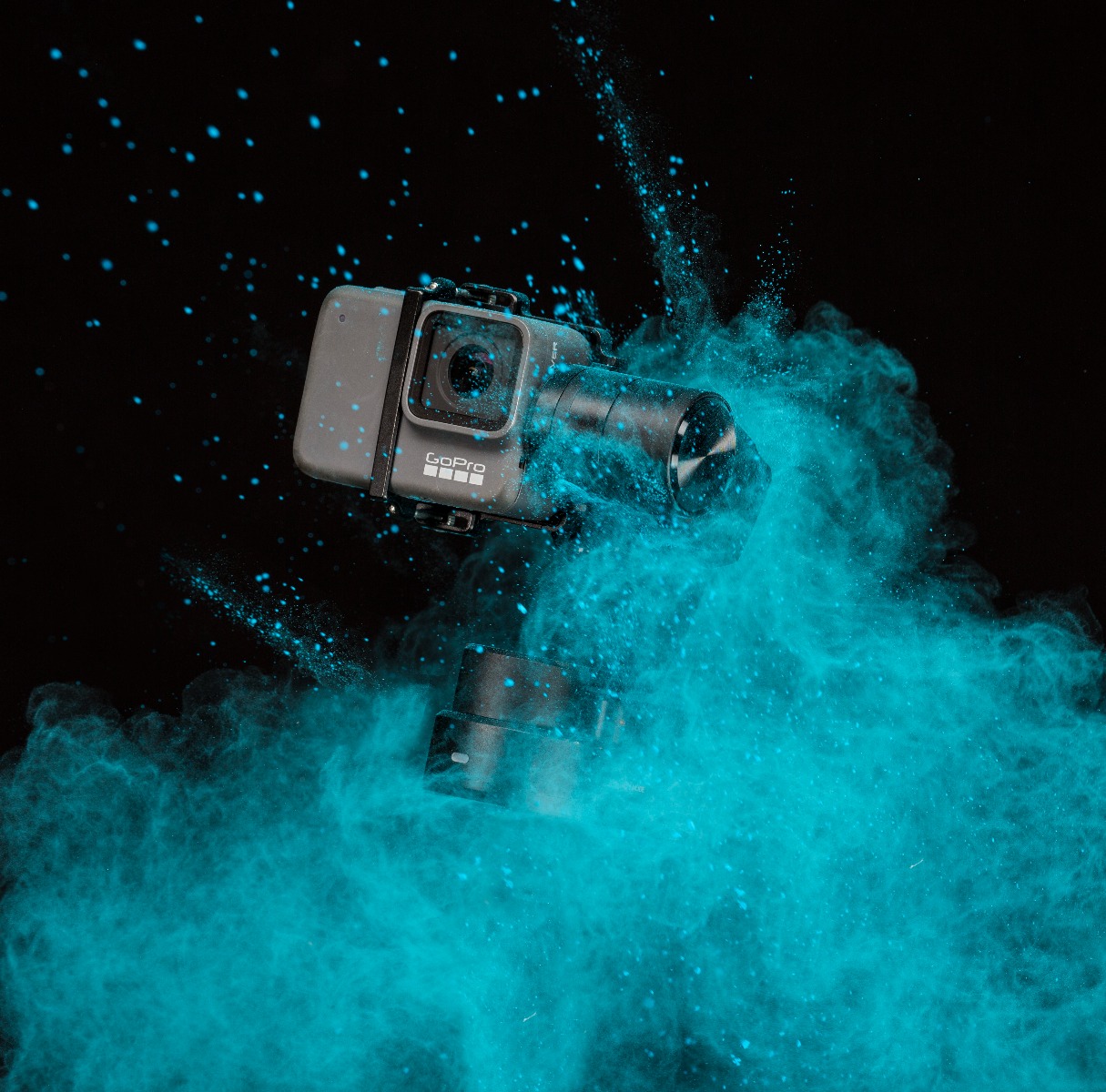
High-Speed Sync, or HSS for short, is a camera function that allows the camera to use very fast shutter speeds with a speedlight or an external flash head. If you are looking to shoot at a faster shutter speed with good lighting then you will need flash lighting that is HSS compatible otherwise your shots will be overexposed or feature black bars on the image. HSS will allow you to shoot photos with a shallow depth of field, or to capture striking images that are ‘frozen’ in time. An example may be capturing bits of sweat dripping from an athlete, or small bits of powder in motion.
Flash Duration
This is about how much and how quickly the light will deliver the flash, not such a big decision for portrait shots (1/3000 of a second would do), but when you are shooting action or a moving subject you will need a fast flash to capture the subject and avoid the dreaded motion blur (use a setting such as 1/10000 of a second). Make sure your model offers a good selection of settings.
Recycle Time
This is simply how quickly it’s ready to fire again. If you are taking action or moving subject shots then you want it to recycle as quickly as possible. Most of the lights we stock take between 0.01 and 2.5 seconds to recycle, with the AD600Pro taking up to 0.01-2.5 seconds and the AD400Pro recycling in as little as 0.01-0.9 seconds.
Stable Colour Temperature
When shooting many photos, the bulbs of a photographer’s flash units will get very hot and this can cause an inconsistency of colour and light balance each time a photo is taken. Compared to their competitors, Godox’s AD range feature fantastic colour temperature consistency with many of them ‘locking’ within 75% of 5600K no matter which power output setting is chosen.

Modelling Light
A good quality flash light will also come with a built-in modelling lamp, basically a normal incandescent light that you can use to illuminate the subject and get an idea of how the flash will fall on the subject. Most of the Godox range feature an LED modelling light, either built-in or with a fresnel head attachment (like with the AD200Pro).
Flash Tube
On some flash units the bulbs/tubes are not easily replaceable and you may have to send the whole unit away to get the flash tube replaced. This is obviously not very convenient if you are shooting every day. All our Godox flash lighting (except speedlights or the AD100Pro) offer easy to replace flash tubes which can be purchased separately from our accessories section.
Firing Methods
Most flash units will fire from either a sync cord (usually sold separately) or a built-in optical slave cell. The most popular choice is to use a wireless flash trigger. We would recommend purchasing a flash trigger for convenience and efficiency, especially if you are working from height etc. as you don’t want to be going up and down ladders to adjust your flash.
Heating / Cooling
Flash lights can get extremely hot, especially after prolonged use so make sure your flash unit is of a good build quality and suited to your climate and needs. All Godox flash units (excluding the speedlights and the AD200) include built in technology to cool and dissipate heat from the device, ensuring it doesn’t overheat and is safe to use.
In Conclusion
As you can see there is a lot to consider when deciding on flash lighting. What we usually recommend to first time buyers is to start simple, keep your shooting requirements in mind, and build up your lighting kit as and when your lighting needs grow. As an example, we'd recommend a budding wedding photographer to purchase their first speedlight, get to grips with it, and then add another speedlight or a Godox AD200Pro to their collection to expand their lighting options. Alternatively, if you're looking for a ready-made studio as a product or portrait photographer, look no further than our studio flash kits, the perfect way to ensure you have everything necessary to start snapping.
Adding to your lighting collection is quick and easy with Lencarta, as with our next day delivery service you can receive your new kit in plenty of time for your shoot. If you're still not sure what you need, get in contact with us and we'll do our best to help :)
